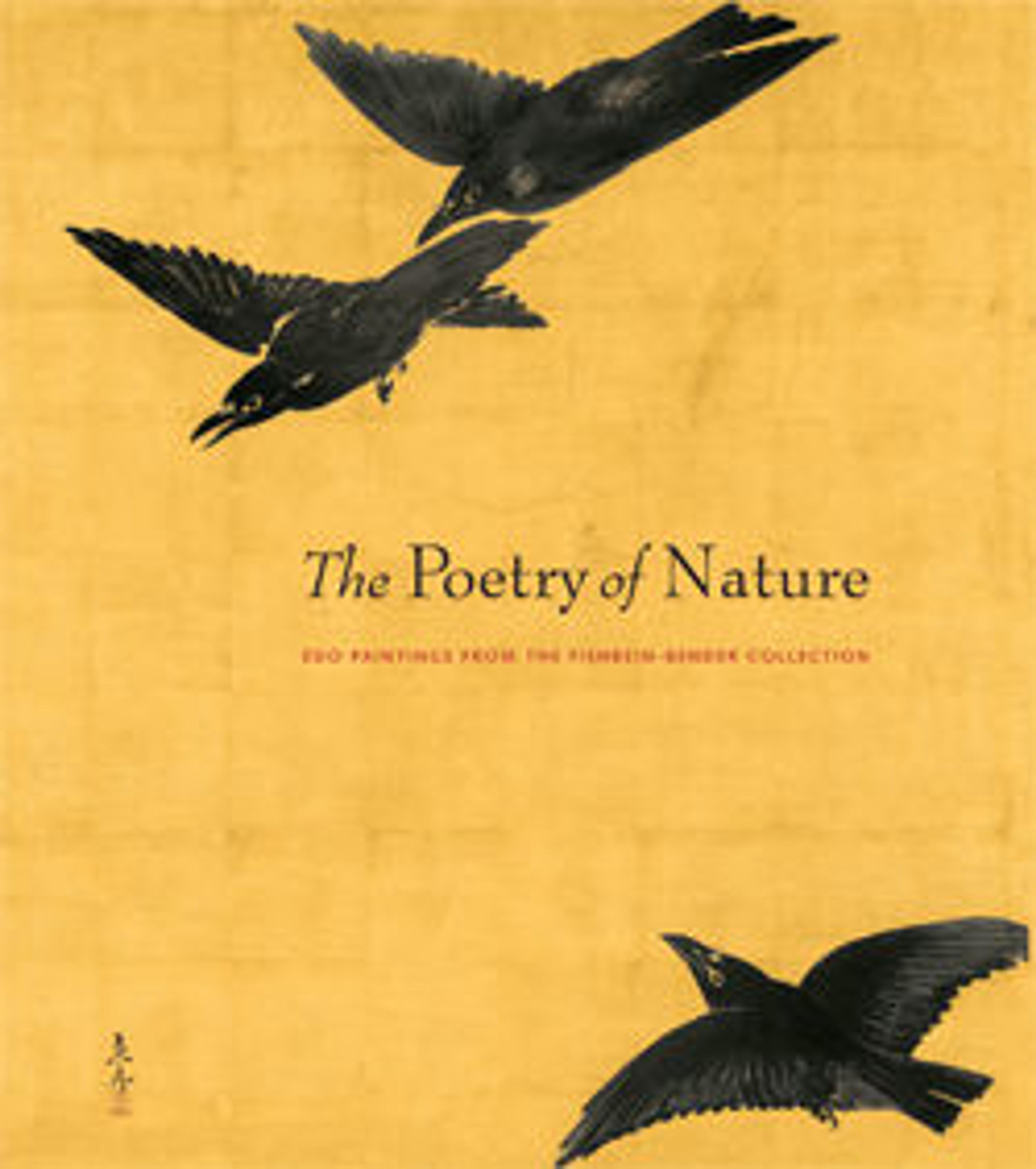Landscape in the Blue-and-Green Manner
Although the landscape is packed with cliffs, boulders, an assortment of trees, and mountains, the viewer is invited to travel the rugged terrain along the stream that begins with distant waterfalls at the top before meandering the length of the narrow composition all the way to the foreground. Two dense inscriptions in the uppermost register fill the composition’s only open space. The inscription at right includes three poems brushed by Yanagisawa Kien. The inscription at left, however, written five years after his death, includes six poems by the literati painter Miyazaki Kinpo (1717–1774). An early leader of the Nanga movement, Kien taught painting to literati artists Ike Taiga (1723–1776) and Kimura Kenkadō (1736–1802) in their youths.
Artwork Details
- 柳沢淇園筆 山水図
- Title:Landscape in the Blue-and-Green Manner
- Artist:Yanagisawa Kien (Japanese, 1703–1758)
- Period:Edo period (1615–1868)
- Date:first half of the 18th century
- Culture:Japan
- Medium:Hanging scroll; ink and color on paper
- Dimensions:Image: 53 7/8 × 12 1/2 in. (136.8 × 31.8 cm)
Overall with mounting: 82 × 18 1/4 in. (208.3 × 46.4 cm)
Overall with knobs: 82 × 21 5/16 in. (208.3 × 54.2 cm) - Classification:Paintings
- Credit Line:Mary Griggs Burke Collection, Gift of the Mary and Jackson Burke Foundation, 2015
- Object Number:2015.300.156
- Curatorial Department: Asian Art
More Artwork
Research Resources
The Met provides unparalleled resources for research and welcomes an international community of students and scholars. The Met's Open Access API is where creators and researchers can connect to the The Met collection. Open Access data and public domain images are available for unrestricted commercial and noncommercial use without permission or fee.
To request images under copyright and other restrictions, please use this Image Request form.
Feedback
We continue to research and examine historical and cultural context for objects in The Met collection. If you have comments or questions about this object record, please contact us using the form below. The Museum looks forward to receiving your comments.
